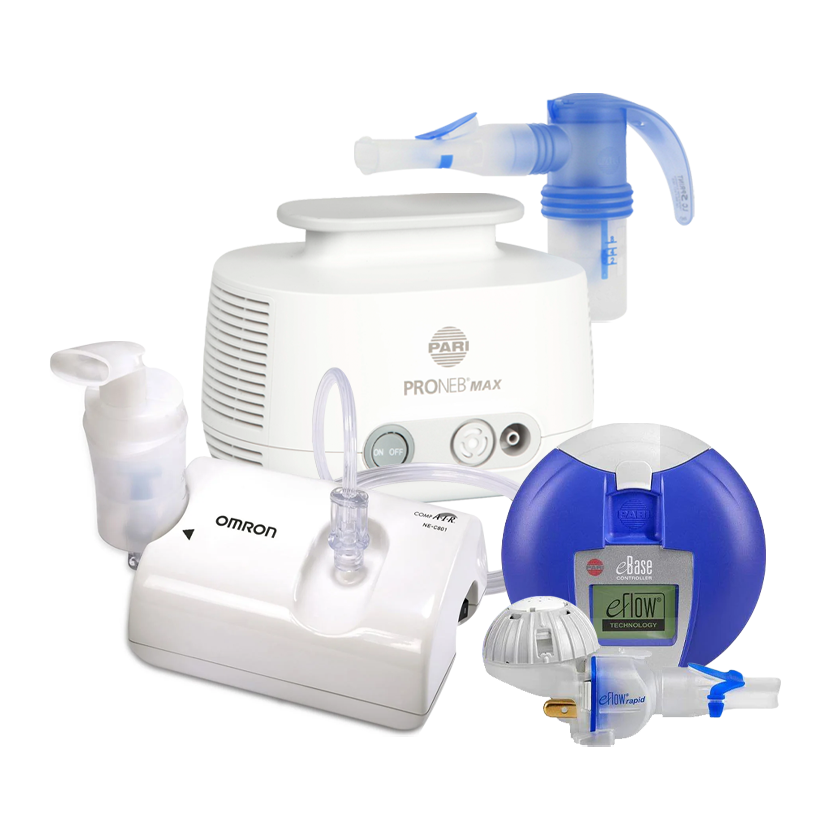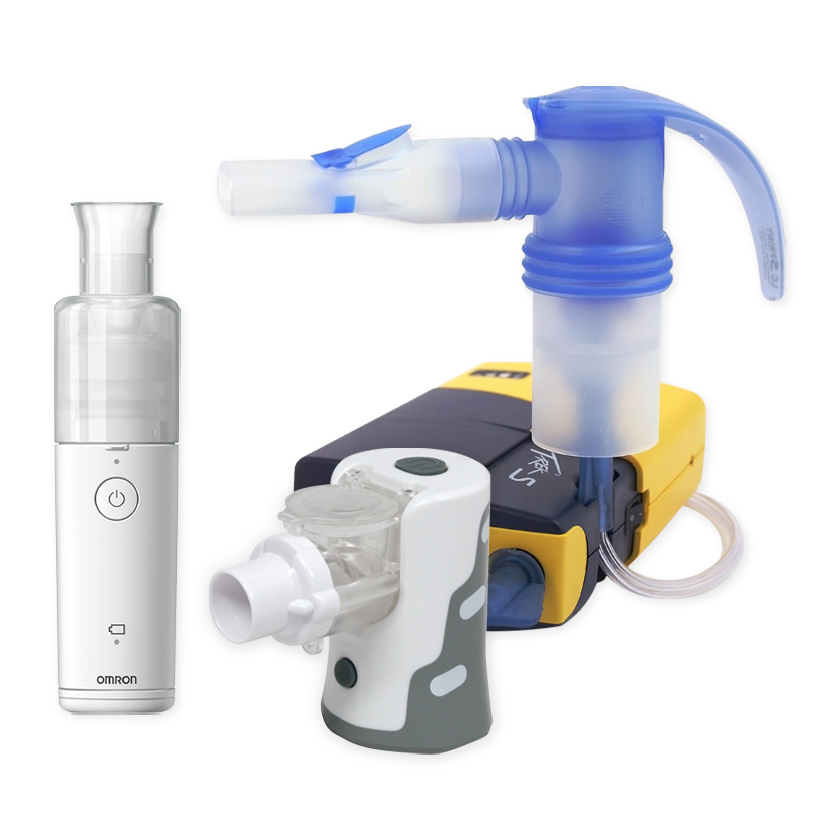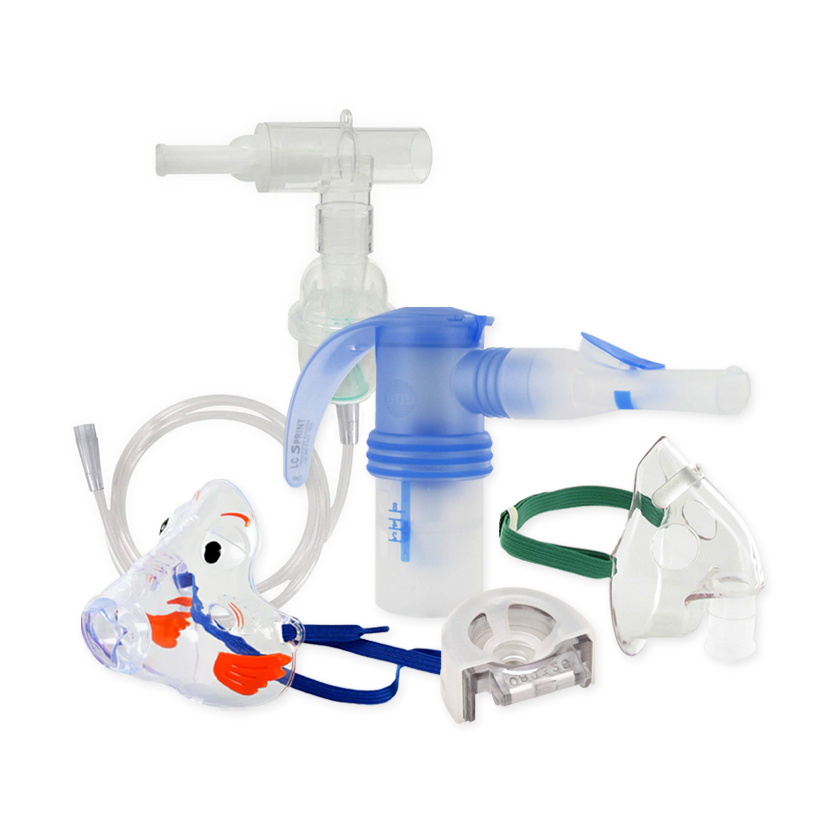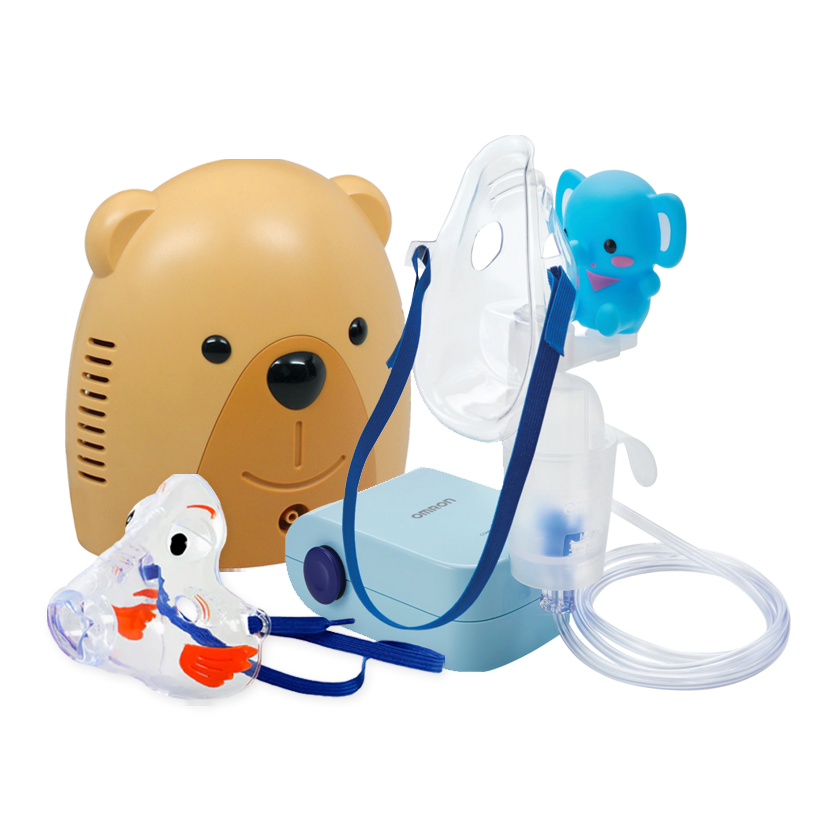Your Cart is Empty
Free Shipping on all orders over $75!
Menu

Free Shipping on all orders over $75!
Nebulizer Systems
Travel Nebulizers
Nebulizer Accessories
Just For Kids
Oxygen Supplies
Firecrackers Cause 20% Rise in Bronchitis Cases
November 26, 2015 1 min read
Two weeks ago, Diwali was celebrated in India. Diwali, the festival of lights, is a Hindu holiday about the victory of light over darkness. It is celebrated with lamps and candles, feasts, gift giving, and firecrackers.
Unfortunately, this year’s firecrackers have led to a 20% increase in cases of pollution related bronchitis in the city of Jaipur. An increase in bronchitis cases after Diwali isn’t uncommon, but this year’s increase is much more severe than usual. Why? According to doctors, it has to do with a new type of firecracker growing in popularity.
“People have started avoiding high noise creating firecrackers and are instead choosing less noise generating [ones]... which produce more smoke," said Dr. Narendra Khippal, a professor at the Institute of Respiratory Diseases. “Composition of chemicals in fireworks is getting dangerous and causing health-related problems, particularly in breathing and lung-related diseases. The composition even involves lead and mercury that are causing harm in conjunctiva, mucous membrane and nasal membrane.”
The shift in firecracker preference was confirmed by Zaheer Ahemdad, a local firecracker salesman. “The sale of firecrackers with high sound was less as compared to previous years and people bought those which can be lit and held in hand.”
Fortunately, Sanjeev Sankhla, a local activist, is trying to spread the word and warn people about the dangers of high smoke firecrackers. He conducted a special drive in residential areas, explaining how firecrackers hurt air quality and can negatively affect people’s health, especially children.
Subscribe
Sign up to get the latest on sales, new releases and more …
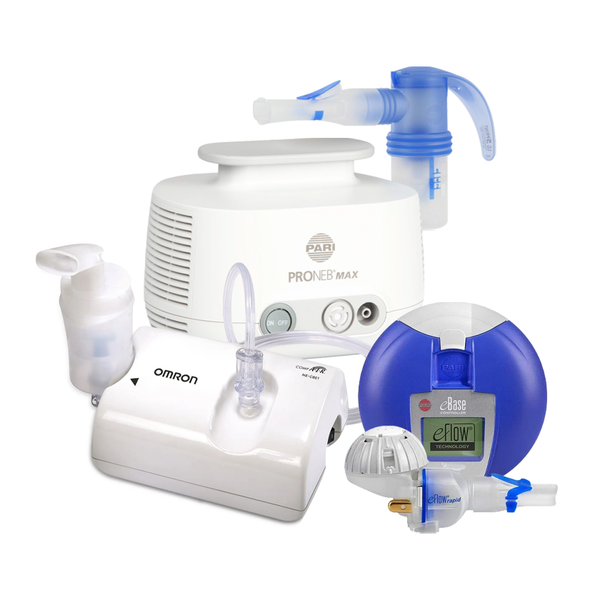
NEW CUSTOMERS SAVE $5 OFF YOUR FIRST PURCHASE OF $20 OR MORE
Code will be sent to email entered if applicable
SIGN UP FOR FUTURE SALES, NEW PRODUCTS AND ANNOUNCEMENTS
{"themeColor":"#061f77","iconColor":"#061f77","showLogo":true,"topBottomPosition":0,"rightLeftPosition":5,"iconSize":"large","iconCustomSize":64,"position":"middle-right"}
